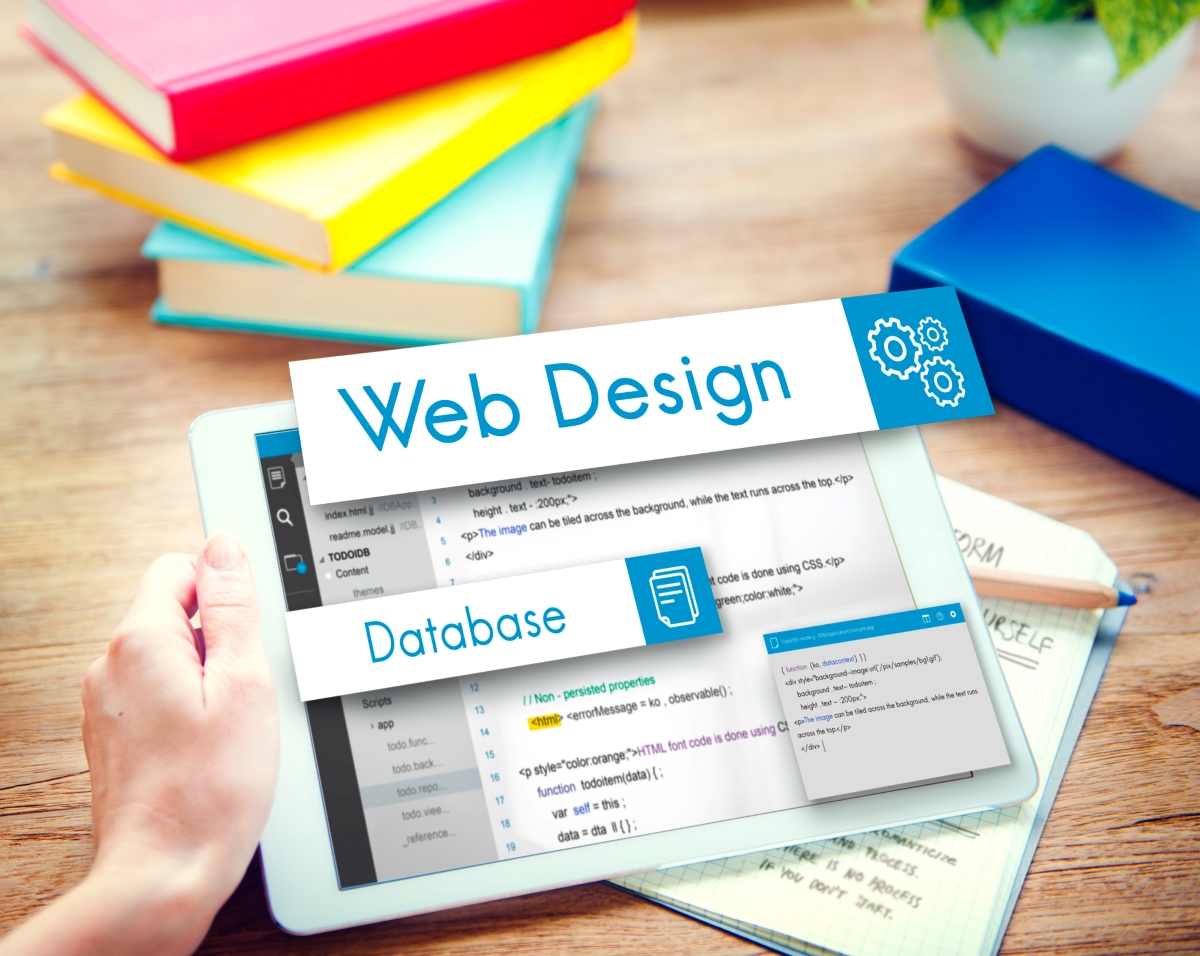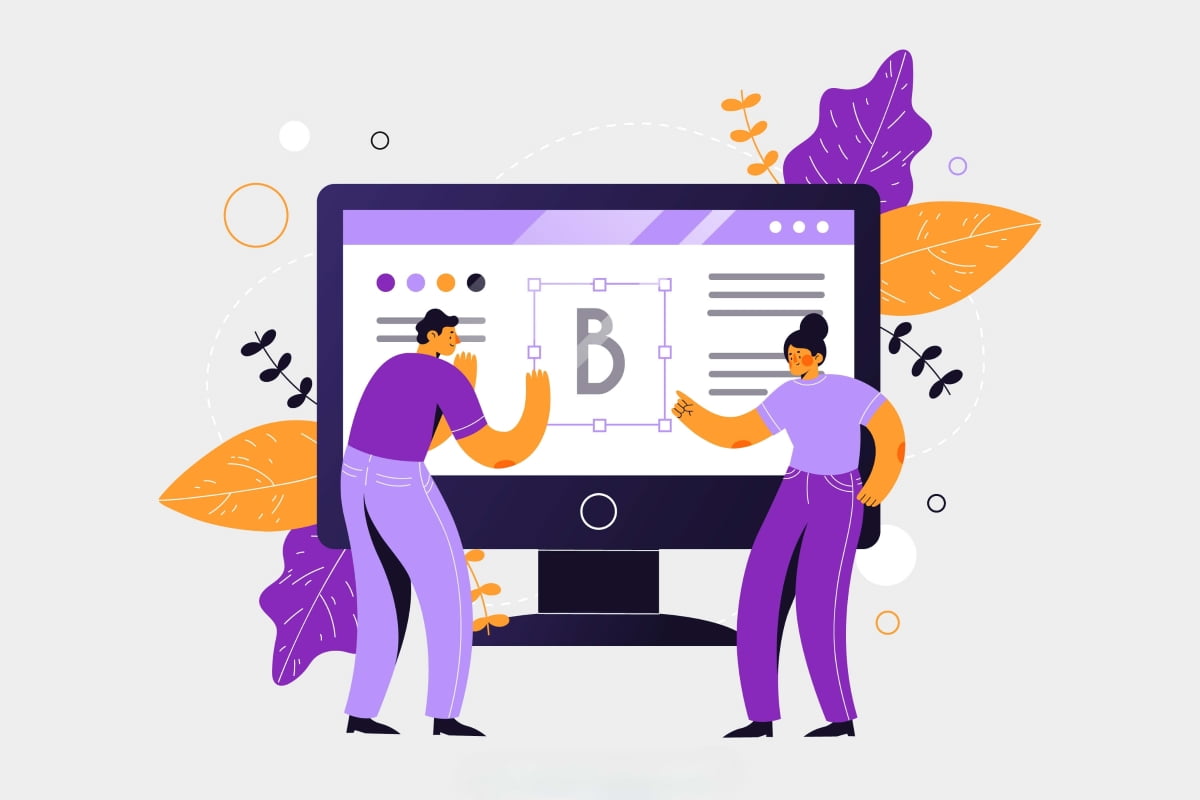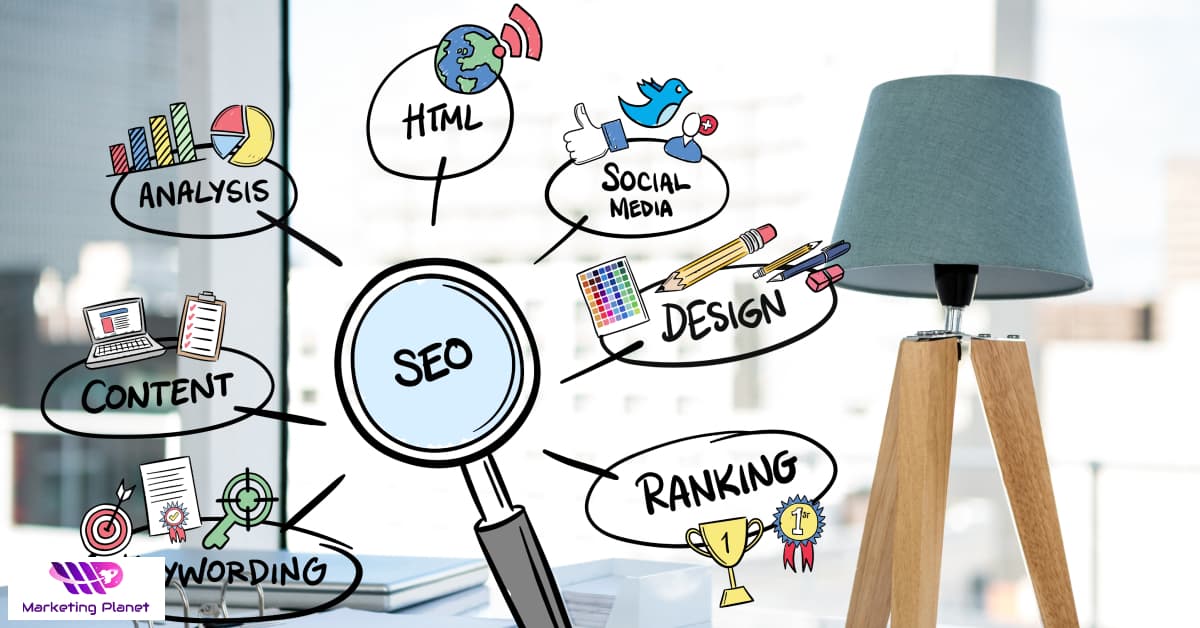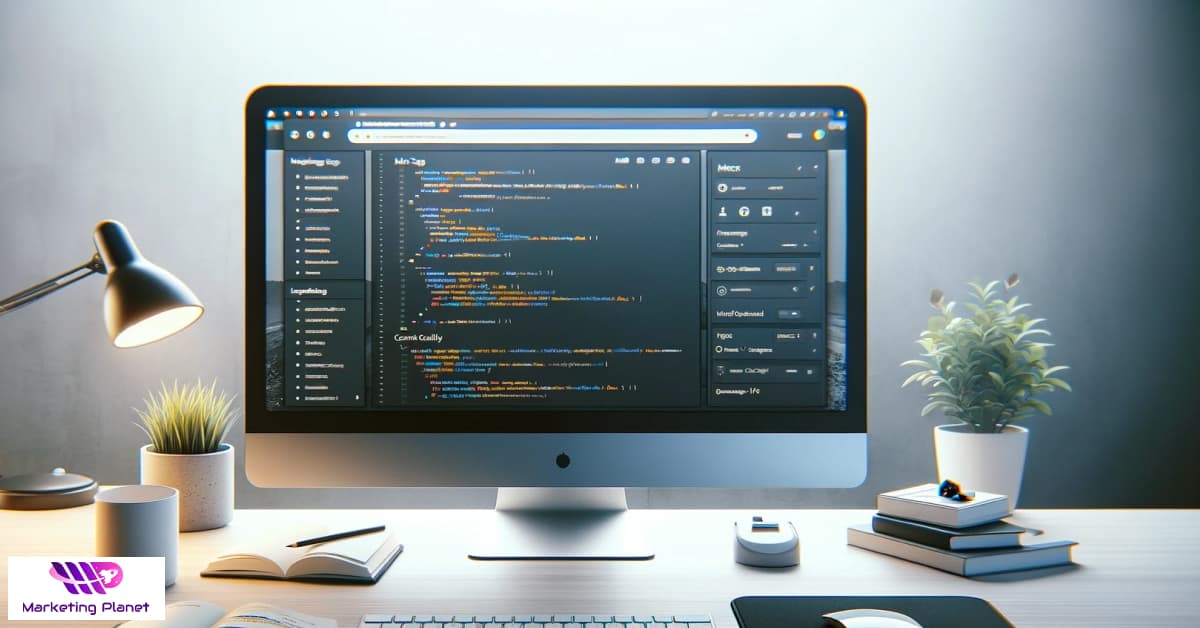When it comes to web design, considering different factors is crucial. It is important to have a clear idea of the website’s goals and target audience. Designers apply various methods to achieve an attractive user experience and creative layout. All can lead to a successful online presence for a company. In this article, I am going to discuss these factors.
Table of Contents
ToggleDefining Goals and Objectives
Why does the company need the website? This is the first question you need to answer before starting to design web pages. There are different purposes, such as selling products, interacting, informing people, or offering services. As you know, designers have a range of design choices, and when the objectives are clear, it is much easier to decide on content structure and achieve desired outcomes.
Researching and Analyzing Your Target Audience and Competitors
How old is your audience? Where are they from? What do they do? As websites are supposed to engage users, designers need to know more about the target users. The target audience’s behavior, preferences, and demographics affect the language, imagery, and website functionality. So, when you have a clear idea of your audience, it is likely to create a successful and appealing website tailored to a specific group of people.
In addition, competitor analysis tells a lot about what you need to know to design a web page. It is a good idea to conduct detailed research on websites that present businesses similar to yours. Then, you can define the information architecture based on the result.
Wireframing and Layout
User experience is affected by different factors, such as wireframes and layouts. The layout is organizing content visually pleasing. Consider wireframes as skeletons that bring the layout to life and specify the placement of various elements like navigation menus, headers, footers, sidebars, and content blocks. The more consistent the website layout and visualization, the better interaction users have within the website. It is good to know that visual elements like layout are one of the key factors to convey a brands message.
Right Color Scheme and Typography
One of the most crucial factors that define a brand is the color. What do you know about the psychology behind colors? You should choose a color that suits your brand and introduce it the best. In addition, harmonious balance is key in designing and presenting a company. The next factor is typography. You need to choose it based on your content and it is important to be legible. In general, the visual design should be attractive, creative, and user-friendly. Besides, you should use whitespace properly to enhance user experience.
Functional User Interface (UI)
The user interface (UI) is in charge of visual factors that users interact with. When users visit a webpage and find it confusing and overwhelming, they may get frustrated, and they are highly likely to give up. Designers use buttons, menus, and icons to bring consistency to the website and satisfy users. They also try not to make it complicated and keep the balance between creativity and simplicity.
Appealing User Experience (UX)
What are the main pages and sections? Start with the most crucial web pages with logical organization. A practical website is where users find what they need seamlessly. In other words, you should ensure the website page flow is effective and navigation is initiative. That is where UX is a priority, such as standing by web accessibility standards. Besides, clear language and using alternatives for audio and video are crucial. Prototyping, user testing, and user feedback help to check if the website meets users needs and expectations and improve user experience on your website. Sitemaps and wireframes are also helpful to see if the website works properly before the actual design.
Enhancing User Experience with Engaging Content
The content is supposed to add value to the website. Besides, you should not ignore the harmonious integration of visuals and text. High-quality content on a web page can create an exceptional experience for users and turn them into loyal customers. Using multi-media factors and organizing information can effectively help to achieve this goal.
In addition, search engine optimization techniques (SEO) can improve the content. Indexing content, related keyword research, and on-page optimization techniques drive organic traffic and a better website rank in search engine results.
Mobile Compatibility and Responsive Design
Designers use different methods to make websites mobile-responsive since the number of people using mobile phones is rising these days. Those businesses that ignore mobile optimization lead to poor user experience and low search engine ranking. When designers use flexible images, fluid grids, and CSS media queries, web pages are accessible and easy to navigate on different devices with different screens and resolutions, including laptops, tablets, mobile devices, and desktops.
Coding and Development
Coding and development means writing CSS, HTML, and JavaScript code and converting the design mockups into functional websites. On the other hand, there is a range of development platforms, such as Wix, WordPress, and custom coding. The platform that web designers choose depends on the requirements and scalability of the website. Except for functionality, compatibility is crucial. As people use different browsers such as Chrome, Safari, and Firefox, developers should use effective coding that works consistently on various browsers.
Suggested content: Chrome Shuts Down Third-Party Cookies for 1% of Users
Testing and Optimization of Your Web Design
Right after coding, make sure the web age works properly. Testing involves checking the functionality of navigation links, user experience, forms, and responsiveness. In other words, ensure the website is bug-free, works on different devices and browsers, and functions effectively. Web page loading speed is one of the factors you need to check, too. Based on research, users expect a webpage to load in less than two seconds. Otherwise, they may leave. Different elements can affect website loading speed, such as file size, server response time, and the use of external resources, like JavaScript, CSS, and images.
Launch and Maintenance
After testing and optimization, it is time to launch your web page for public access. But this is not the end. You need to monitor website analytics and user feedback to keep your web page updated. Besides, fresh content, security patches, and fixing bugs are essential in web design to achieve a better user experience and set goals.
Conclusion
To know how to design a web page, you need to cover different topics, such as understanding and analyzing the target audience, defining the website purpose, effective UI and UX, and content optimization. By researching, you get to know your target audience and the brand and choose the right color and typography. Besides, testing shows if the pages are practical and appealing. All technical skills are equally crucial to creating an effective website.








